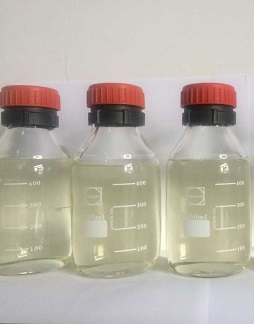SEC-BUTYLLITHIUM
|
|||||||||||||||||||||||||||||||||||||||||||||||||||||||||||||||||||||||||||||||||||||||
| Lithium bis(trimethylsilyl)amide tert-Butyllithium ISOBUTYLLITHIUM LITHIUM METHOXIDE METHYLLITHIUM AS COMPLEX WITH LITHIUM Lithium hexamethyldisilazide Lithium diisopropylamide Methyllithium N-HEXYLLITHIUM (TRIMETHYLSILYL)METHYLLITHIUM sec-Butyllithium, 1.3M in cyclohexane, packaged under Argon in resealable ChemSeal bottles SEC-BUTYLLITHIUM CYCLOPENTYLLITHIUM LITHIUM N-PROPYLCYCLOPENTADIENIDE SEC-BUTYLLITHIUM 1.3M IN CYCLOHEXANE LITHIUM N-BUTYLCYCLOPENTADIENIDE LITHIUM TERT-BUTYLCYCLOPENTADIENIDE Lithium | |||||||||||||||||||||||||||||||||||||||||||||||||||||||||||||||||||||||||||||||||||||||
Copyright © 2025 Mywellwork.com All rights reserved.



